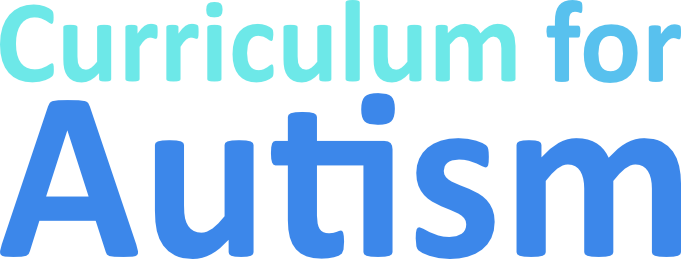How to teach Life Skills to children with Autism
Life Skills are important everyday skills for children and teens with autism to learn so that they can take care of themselves and become as independent as possible. Life Skills which parents & teachers of kids with autism need to teach include skills for:
eating & drinking
washing
dressing
chores
preparing food
shopping & using money
organizing their time
keeping safe
hobbies & leisure
Which life skills should you teach first to children with autism?
If your child or students with autism have lots of sensory needs and communication & language difficulties, the range of life skills you need to teach will feel daunting and overwhelming. It’s helpful to think about which everyday skills your child or students with autism would be expected to learn at their age if they were neurotypical. Once you’ve read a list of Age- Appropriate Life Skills, plan which of those you are going to work on over the next month, 3 months, 6 months & year.
There are of course no hard and fast rules for which dailiy life skills kids should be doing by a set age, but the sooner you start teaching your child with autism to do basic skills like washing & dressing, the easier it will then be to teach more complex life skills as they get older. It’s a lot easier to teach a 4 or 5 year old to carry their own backpack than it is to try to convince a 14 or 15 year old who’s never done it before to give it a try.
How do you break life skills down into smaller steps?
Your next step to teach a daily life skill to a child with autism is to break the task down into smaller steps so that your child or student will feel successful, and will be more likely to engage in practicing this new skill.
Here’s an example of breaking a daily task down the skill of Washing Hands into smaller steps:
turn the water on
wet your hands
get some soap
rub hands together
rinse hands under water
turn water off
dry hands on towel
hang up the towel
Some children will find it easier to indepenedently complete the last step first. In the example above that would be hanging up the twoel, and then learning to dry their hands and hang up the towel (the last 2 steps). This means they can finish the task feeling successful, instead of starting out with some success and then being dependent on support. It can also be easier to fade prompts (physical, oral or visual) if you start by teaching the end part of a skill. I have created a set of Hand Washing Visual Supports to use at home or in your special education classroom,
Before teaching any new Life Skill to your students or child with autism it can be helpful to plan how you’re going to break the new daily life skill task into smaller chunks, so I have created a free Life Skills Goal Planner for you to download, print & fill in.
Take a closer look at these resources for teaching life skills to children and teens with autism:
I hope you’ve found the information in this post helpful!
If you would like tailored, personalized help to teach your child a specific life skill book a Life Skills E-Consult. Because I know how busy you are my consultations are by email only, so they’re not live and you can communicate with me when you are available.
Thanks for reading!
Best Wishes,
Kirsten
